A look at 5 places in Gadsden where key moments of the civil rights movement took place
- Oops!Something went wrong.Please try again later.
The United States Civil Rights Trail identifies several areas in Alabama where pivotal events in the civil rights movement occurred: Scottsboro, Anniston, Birmingham, Montgomery, Tuscaloosa, Selma, Tuskegee and Monroeville.
Its maps don't include any Gadsden locales, but Gadsden residents were active in the movement, and pivotal events in the city's civil rights struggle occurred here.
Much has changed since then — including the local landscape, evolving, just as the quest for equality has. Still, important sites from days of demonstrations remain and should be remembered.
Here are a few — only a few — of the locations in Gadsden where the city's civil rights history was made, as they look today.
Downtown Gadsden's commercial district
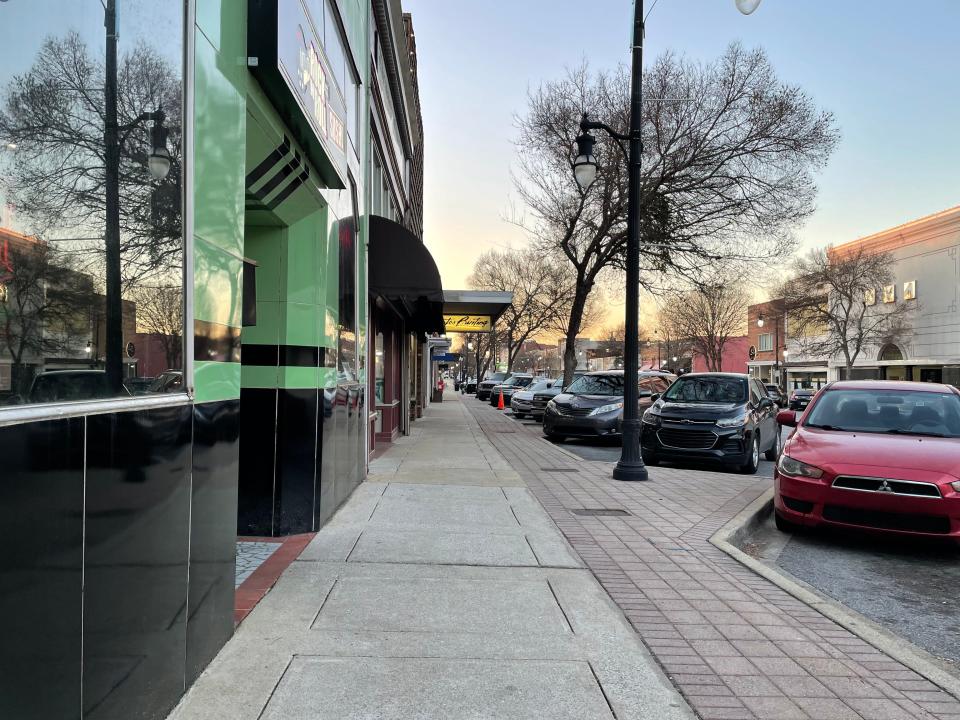
Downtown Gadsden's commercial businesses remained segregated as the 1960s dawned, giving rise to a number of marches and demonstrations on Broad Street and sometimes in those businesses. The New York Times reported the arrests of more than 450 protesters on June 18, 1963, after they defied an injunction against sit-down demonstrations. About 200 were arrested at a downtown variety store where they laid down in the aisles and on the sidewalk outside the store. Those arrested, many of them children, did not resist arrest. This portion of Broad Street is roughly the same location where the 1963 demonstration photo was taken, with the Pitman Theater sign in the background.
Dr. J.W. Stewart's Skyliner building
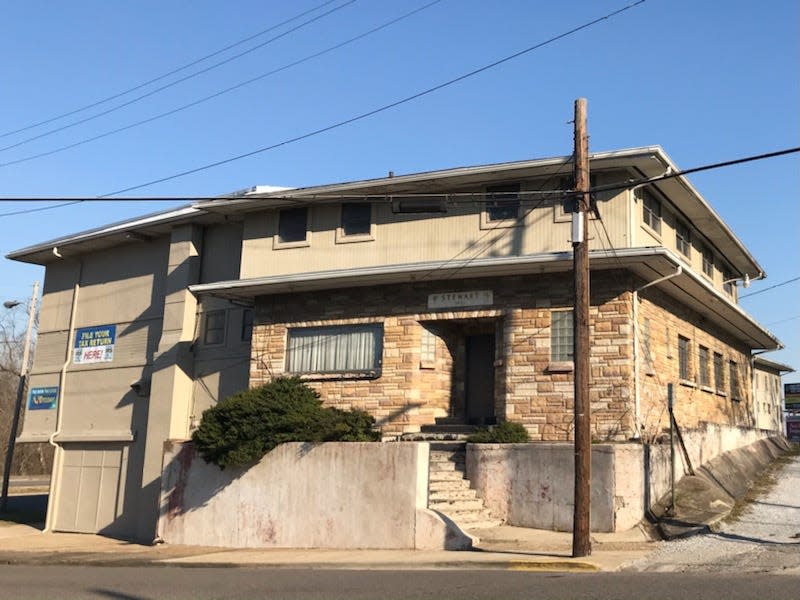
This building at the corner of Sixth Street and Meighan Boulevard, still standing today, housed Dr. J.W. Stewart's Skyliner restaurant and dancehall, as well as a pharmacy for years. It was the site of many prayer meetings prior to marches and demonstrations in Gadsden. Foot soldiers in the Gadsden movement recalled Dr. Martin Luther King Jr. visiting the Skyliner in 1963. The building was later home to Watson and Sons Funeral Home and now houses a tax office.
Civil rights movement: Dr. Martin Luther King Jr. met with Gadsden residents trying to save homes
From culture to classroom: How one student taught her classmates about the Chinese New Year
Bunk Richardson lynching marker
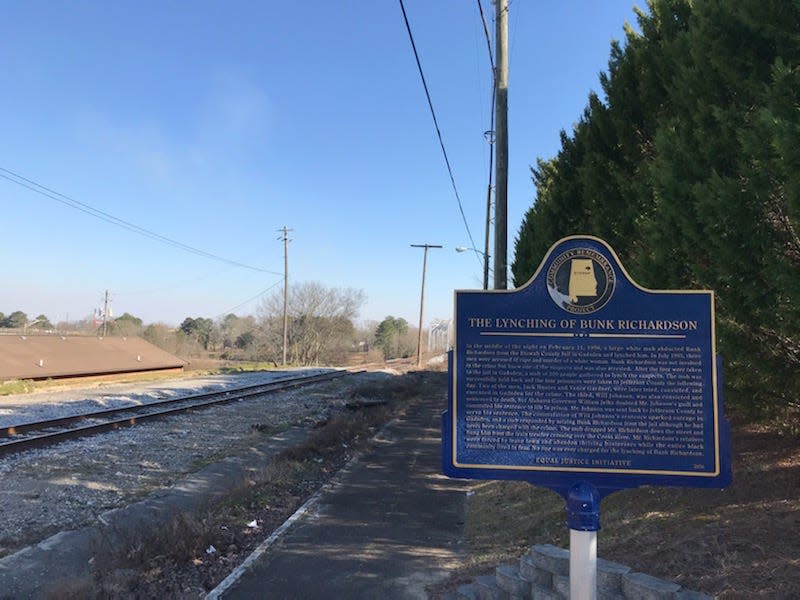
The railroad bridge behind this marker, placed by the Equal Justice Initiative, is the site of the 1906 lynching of Bunk Richards, a Gadsden man. The marker reads:
"In the middle of the night on February 11, 1906, a large white mob abducted Bunk Richardson from the Etowah County Jail in Gadsden and lynched him. In July 1905, three men were accused of rape and murder of a white woman. Bunk Richardson was not involved in the crime but knew one of the suspects and was also arrested. After the four were taken to the Etowah County Jail in Gadsden, a mob of 300 people gathered to lynch the suspects. The mob was successfully held back and the four prisoners were taken to Jefferson County the following day. Two of the men, Jack Hunter and Vance Garner, were later tried, convicted, and executed in Gadsden for the crime. The third, Will Johnson, was also convicted and sentenced to death, but Alabama Governor William Jelks doubted Mr. Johnson's guilt and commuted his sentence to life in prison. Mr. Johnson was sent back to Jefferson County to serve his sentence. The commutation of Will Johnson's sentence sparked outrage in Gadsden, and a mob responded by seizing Bunk Richardson from the jail although he had never been charged with the crime. The mob dragged Mr. Richardson down the street and hung him from the train trestles crossing over the Coosa River. Mr. Richardson's relatives were forced to leave town and abandon thriving businesses while the entire (Black) community lived in fear. No one was ever charged for the lynching of Bunk Richardson."
Etowah County Courthouse
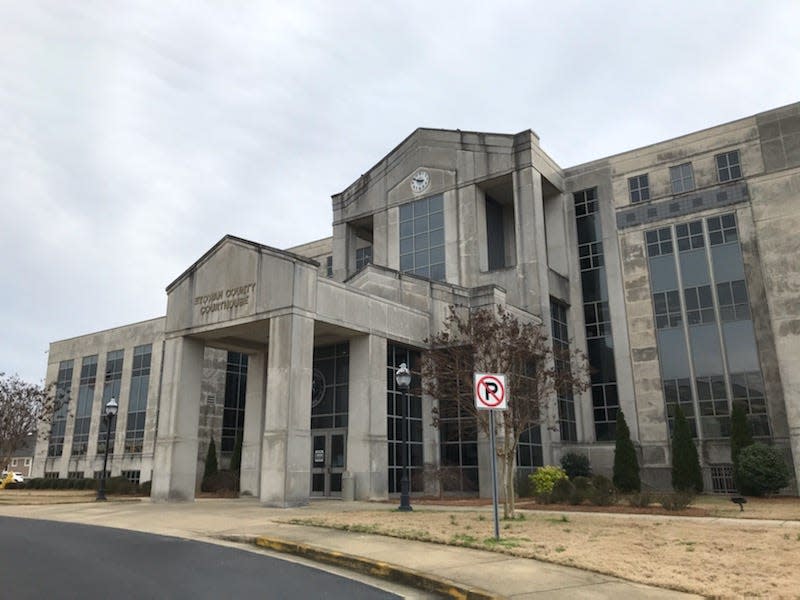
In that June 18, 1963, protest where more than 450 demonstrators were arrested in Gadsden's downtown business district and at the Etowah County Courthouse, more than 250 people lay down on the lawn and in the street in front of the courthouse. Cattle prods were used to drive protesters, The New York Times reported, causing part of the crowd to run toward the jail and several people were trampled. Others, it was reported, withstood the shocks and were dragged toward the jail, then located on the top floor of the courthouse building. The courthouse has been extensively renovated since then, after a new jail was built across Forrest Avenue.
From loss to legacy: Etowah County family is building homes in Honduras in son's memory
Union Baptist Church
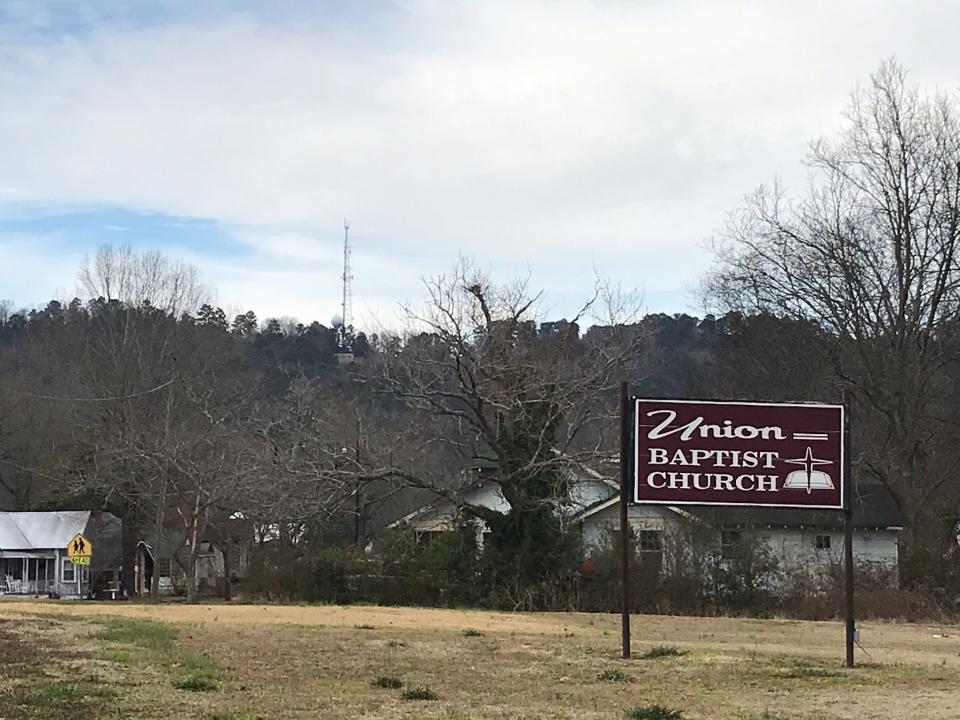
Union Baptist Church on Henry Street was one of several local churches that were meeting sites during the Civil Rights struggle in Gadsden. The late activist Mildred Williams wrote of going to a mass meeting at the church in 1963, and seeing actors Paul Newman, Marlon Brando, Anthony Franciosa and Virgil Frye there. They visited the city to advocate for civil rights, and Brando displayed a cattle prod at the March on Washington days later, saying a law enforcement officer in Gadsden had used it on Black demonstrators.
Contact Gadsden Times reporter Donna Thornton at 256-393-3284 or donna.thornton@gadsdentimes.com.
This article originally appeared on The Gadsden Times: 5 places in Gadsden, Alabama where civil rights history was made

